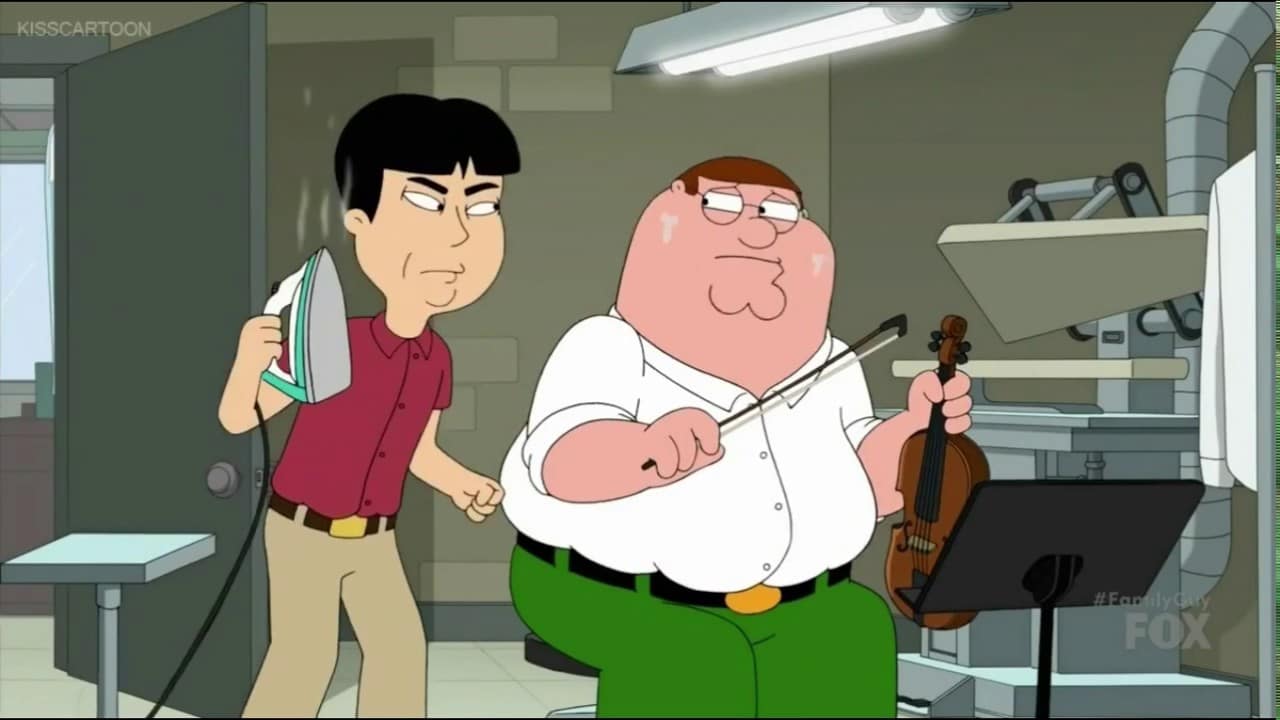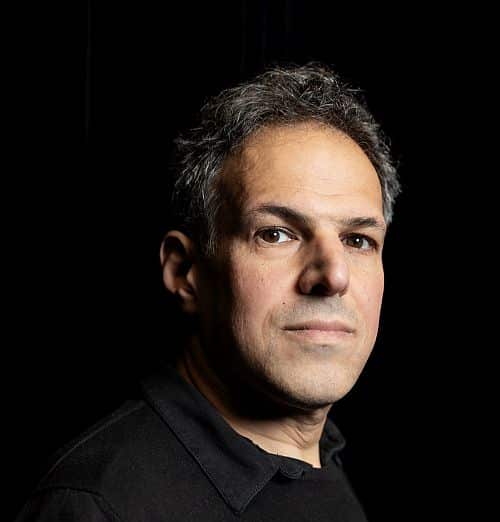The unbearable ambivalence of a violin player
mainMore truth here than you’d expect.


From the Lebrecht Album of the Week: The…

Watch the season launch video, with its declaration…

The municipal council of Pforzheim in southwest Germany…

The Finns plan next season to premiere an…

Session expired
Please log in again. The login page will open in a new tab. After logging in you can close it and return to this page.
Comments